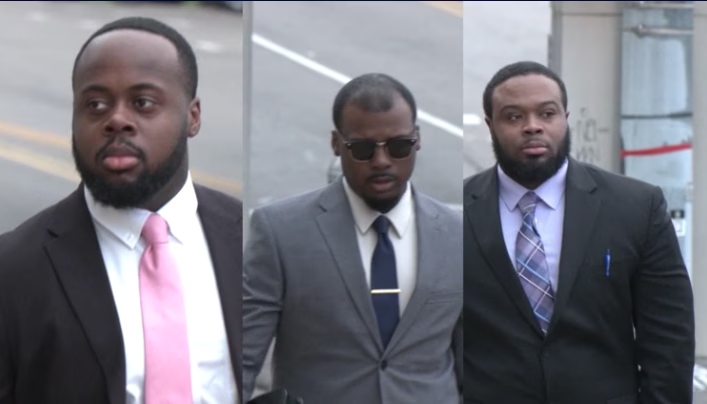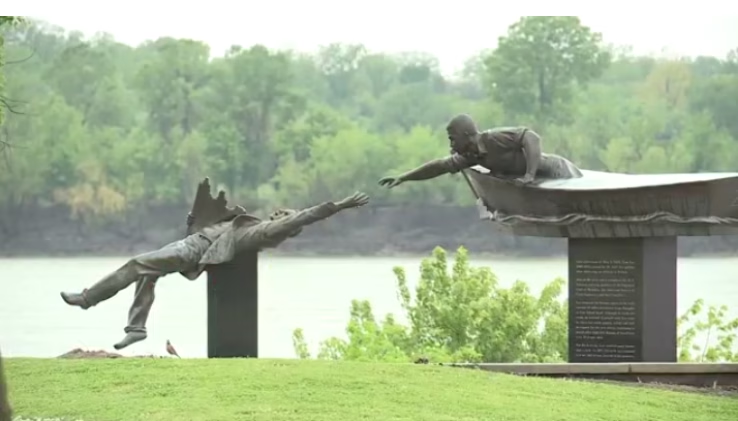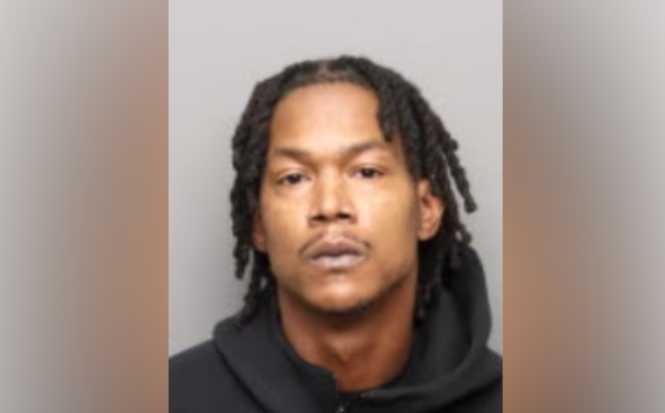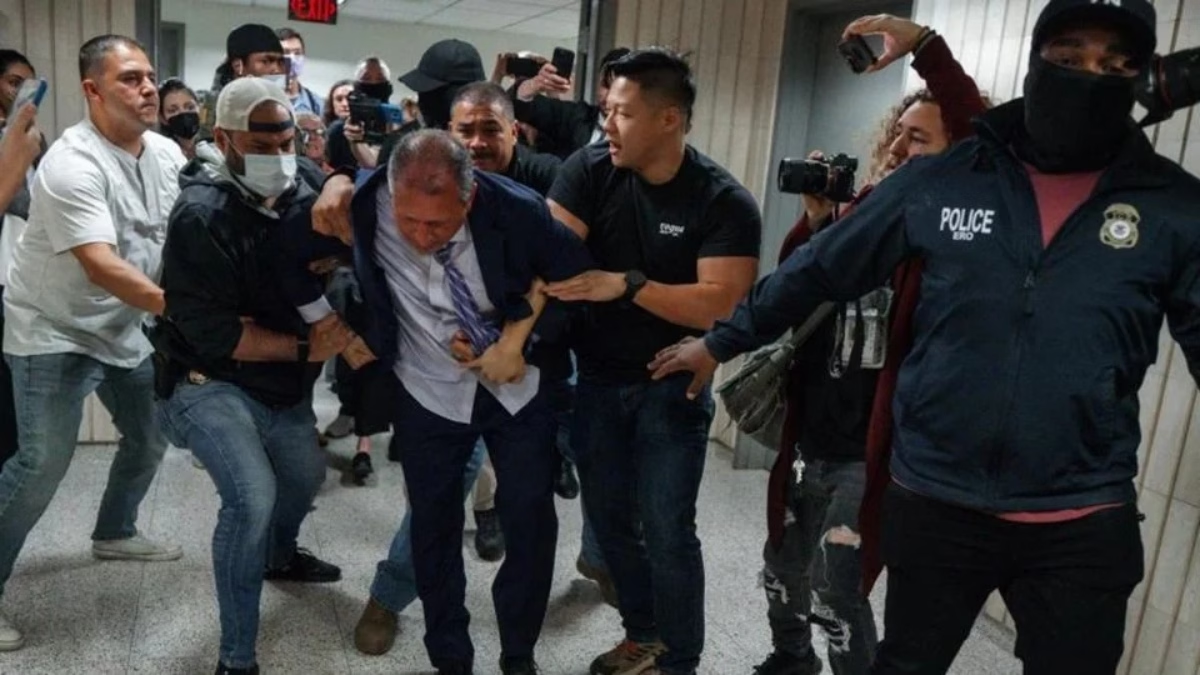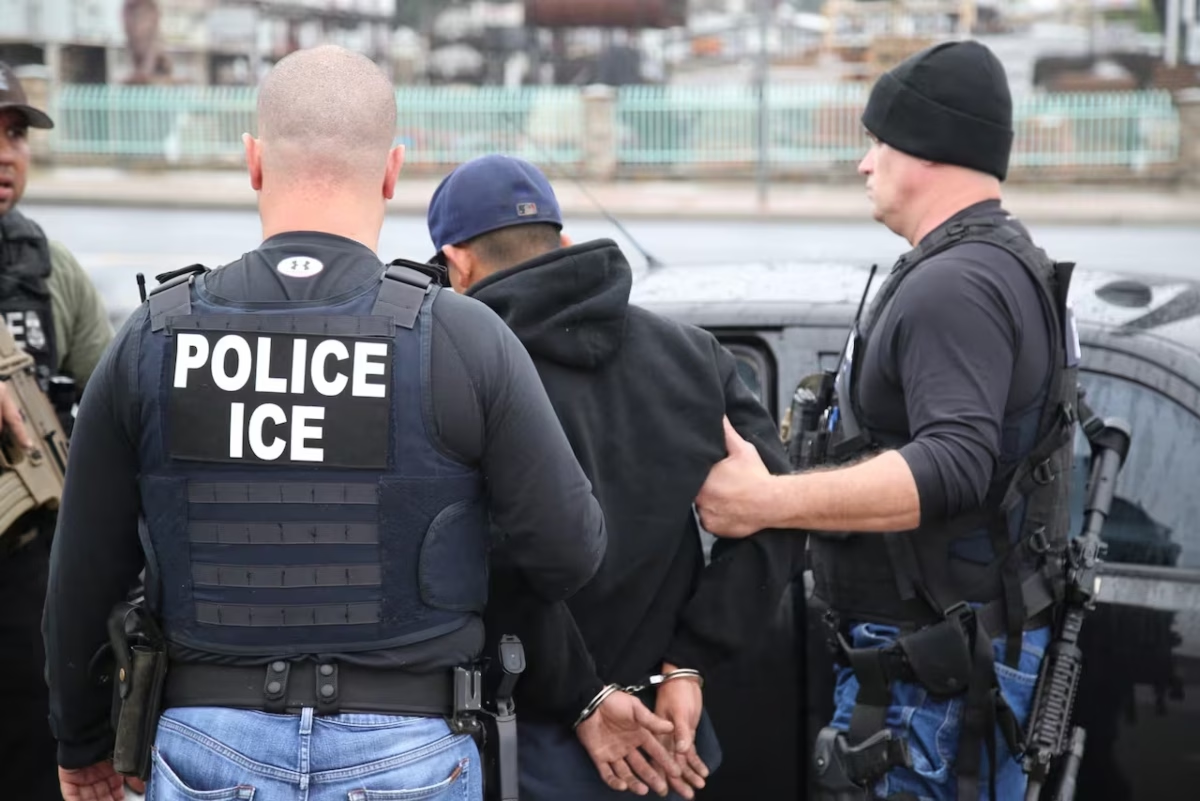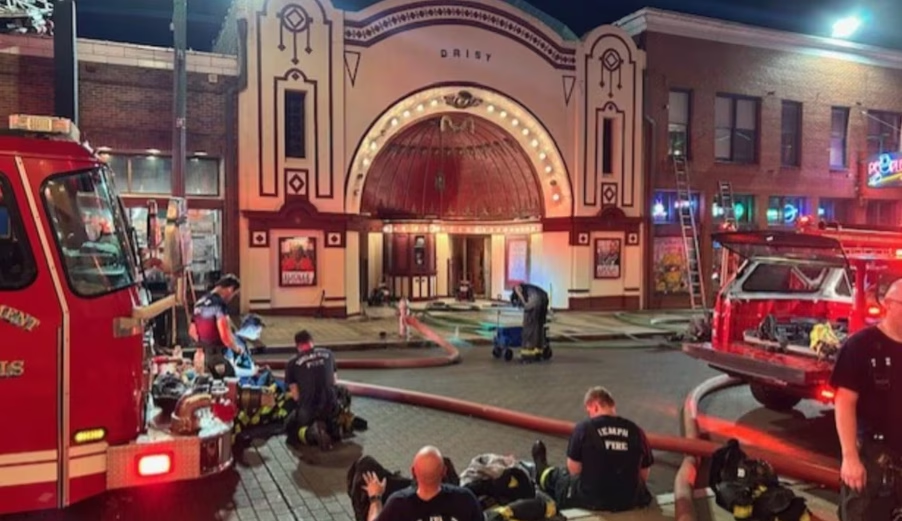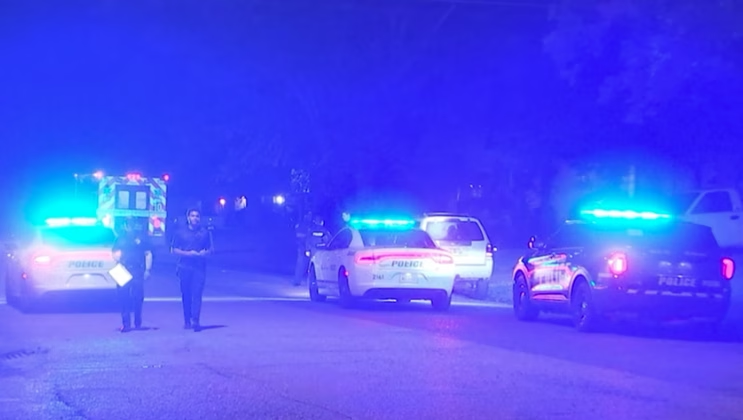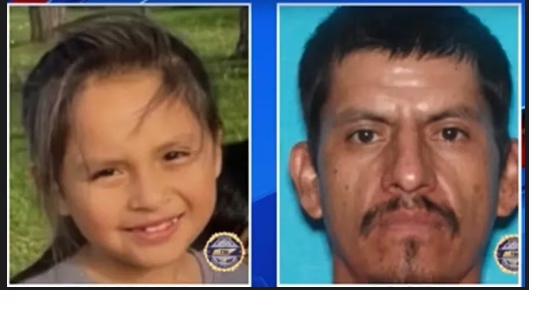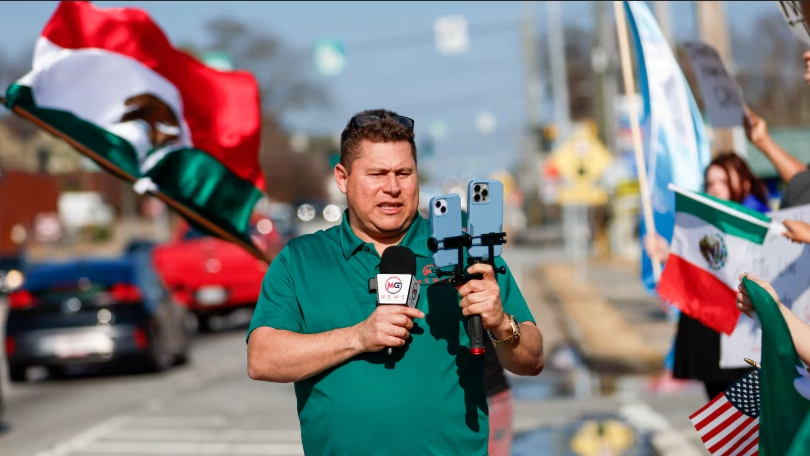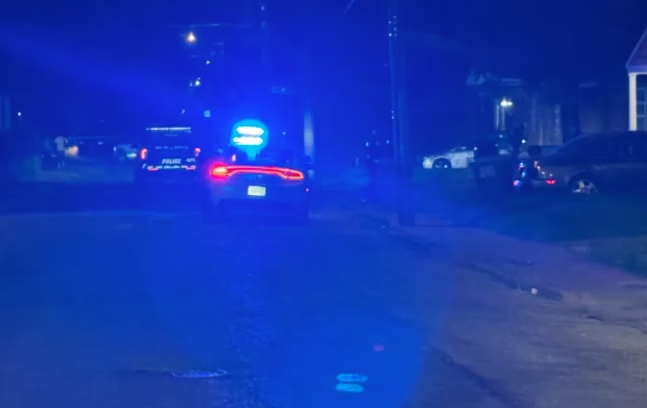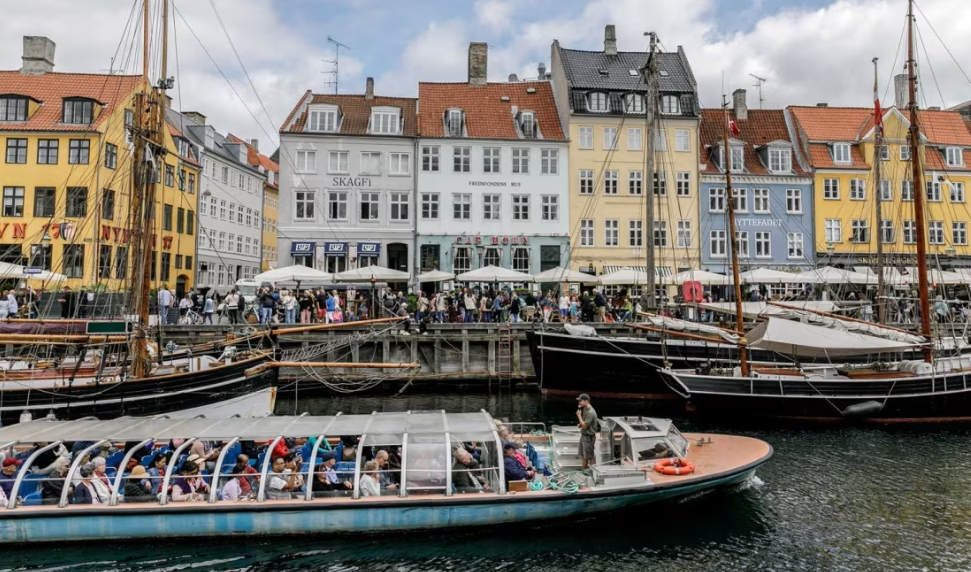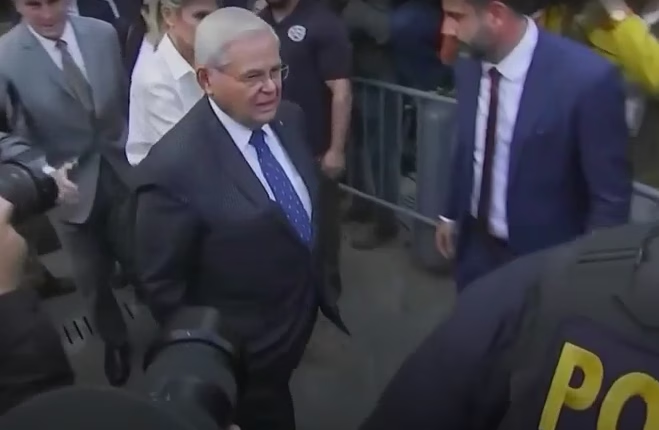Robert Prevost, el primer estadounidense en la historia nombrado como papa. Se llamará León XIV
Robert Prevost, the first American in history to be named pope. He will be called Leo XIV (LPL/AFP) –El

Robert Prevost, the first American in history to be named pope. He will be called Leo XIV

(LPL/AFP) –El estadounidense Robert Francis Prevost, de 69 años de edad, se convirtió este jueves en el sucesor del papa Francisco y en el primer pontífice norteamericano de la historia con el nombre de León XIV, anunció el Vaticano.
El 267º pontífice de la Iglesia Católica también tiene la nacionalidad de Perú, donde ejerció de misionero y de arzobispo emérito de Chiclayo.
El cardenal protodiácono, el francés Dominique Mamberti, anunció su nombramiento con la tradicional fórmula en latín Habemus papam desde el balcón de la Basílica de San Pedro.
El humo blanco que emergió de la chimenea instalada en la Capilla Sixtina a las 18.07 hora local (16.07 GMT) había confirmado su elección, alcanzada en el segundo día de cónclave.
Los 133 cardenales electores lo han designado presumiblemente en la cuarta votación.
El anuncio fue recibido por decenas de miles de personas, entre fieles, peregrinos, religiosos y numerosos turistas, que abarrotaron los aledaños vaticanos y llegaron a la plaza de San Pedro para vivir el momento, estallando de alegría desde que vieron la humareda blanca.
Entre la gente, numerosas banderas de todo el mundo, como España, Brasil, Argentina, Colombia o Chile.
Toda el área estuvo protegida por un importante protocolo de seguridad, llegando incluso a cerrar una parte de la Plaza Pío XII, la que precede a la de San Pedro.
León XIV será el 267 pontífice de la historia, sucediendo a Francisco (2013-2025), quien falleció el pasado 21 de abril con 88 años de edad.
Su elección se produce además en pleno Jubileo o Año Santo convocado por Francisco y que deberá clausurar el 6 de enero de 2026.
¿Quién es Robert Francis Prevost?
Robert Prevost llegó a Perú por primera vez como joven misionero agustino y, desde el país andino, partió como obispo rumbo al Vaticano donde este jueves ha sido coronado como el primer Papa estadounidense, que se hará llamar León XIV.
Prevost, de 69 años y que también tiene nacionalidad peruana, llega al trono de San Pedro con una inclinación pastoral, perspectiva global y capacidad para gobernar la curia vaticana.
Su reputación de moderado y de constructor de puentes será además crucial en un momento en que la Iglesia aparece muy dividida.
“Mucho por hacer”
Prevost ha pasado un tercio de su vida en Estados Unidos. El resto entre Europa y América Latina, una de las periferias del mundo de donde también era el argentino Jorge Mario Bergoglio.
El diario italiano La Repubblica lo llamó «el menos estadounidense de los estadounidenses» por la moderación de sus palabras.
La idea de un Papa norteamericano estuvo por siglos descartada en Roma, ya fuera por la distancia —estaban tan lejos que normalmente llegaban tarde a los cónclaves— o por decisiones geopolíticas.
Según el sitio especializado Crux, tener un pontífice de la primera potencia mundial hacía temer además que la CIA pudiera meter sus manos en la Iglesia.
Arzobispo emérito de Chiclayo, a unos 750 km al norte de Lima, Prevost obtuvo la nacionalidad peruana en 2015.
Dejó Perú para sumarse al gobierno vaticano, donde dirigió el importante dicasterio para los Obispos, que tiene la destacada función de aconsejar al Papa sobre los nombramientos de los jerarcas de la Iglesia.
Tras la muerte de Francisco, Prevost dijo que aún quedaba «mucho por hacer» en la transformación de la Iglesia.
«No podemos parar, no podemos retroceder. Tenemos que ver cómo el Espíritu Santo quiere que la Iglesia sea hoy y mañana, porque el mundo de hoy, en el que vive la Iglesia, no es el mismo que el mundo de hace 10 o 20 años», dijo el mes pasado a Vatican News.
English:
(LPL/AFP) -American Robert Francis Prevost, 69, became Pope Francis’ successor and the first North American pontiff in history to bear the name of Leo XIV, the Vatican announced Thursday.
The 267th pontiff of the Catholic Church also holds the nationality of Peru, where he served as a missionary and as Archbishop Emeritus of Chiclayo.
The protodeacon, Frenchman Dominique Mamberti, announced his appointment with the traditional Latin formula “Habemus papam” from the balcony of St. Peter’s Basilica.
The white smoke that emerged from the chimney installed in the Sistine Chapel at 6:07 p.m. local time (4:07 p.m. GMT) confirmed his election, achieved on the second day of the conclave.
The 133 cardinal electors presumably designated him on the fourth ballot.
The announcement was greeted by tens of thousands of people, including faithful, pilgrims, religious, and numerous tourists, who crowded the Vatican and arrived at St. Peter’s Square to experience the moment, bursting with joy from the moment they saw the white smoke.
Among the crowd were numerous flags from around the world, including Spain, Brazil, Argentina, Colombia, and Chile.
The entire area was protected by an extensive security protocol, even closing off part of Pius XII Square, the one in front of St. Peter’s Square.
Leo XIV will be the 267th pontiff in history, succeeding Francis (2013-2025), who died on April 21 at the age of 88.
His election also takes place in the midst of the Jubilee, or Holy Year, called by Francis and scheduled to conclude on January 6, 2026.
Who is Robert Francis Prevost?
Robert Prevost first arrived in Peru as a young Augustinian missionary and, from the Andean country, departed as a bishop for the Vatican, where this Thursday he was crowned the first American pope, who will call himself Leo XIV.
Prevost, 69, who also holds Peruvian nationality, comes to the throne of St. Peter with a pastoral bent, a global perspective, and the ability to govern the Vatican Curia.
His reputation as a moderate and bridge-builder will also be crucial at a time when the Church appears deeply divided.
“Much to do”
Prevost has spent a third of his life in the United States. The rest between Europe and Latin America, one of the world’s peripheries, which also includes Argentine Jorge Mario Bergoglio.
The Italian newspaper La Repubblica called him “the least American of Americans” for his restrained words.
The idea of an American Pope was ruled out in Rome for centuries, either due to distance—they were so far away that they usually arrived late to conclaves—or due to geopolitical decisions.
According to the specialized website Crux, having a pontiff from the world’s leading power also raised fears that the CIA could get its hands on the Church.
Archbishop emeritus of Chiclayo, about 750 km north of Lima, Prevost obtained Peruvian citizenship in 2015.
He left Peru to join the Vatican government, where he led the important Dicastery for Bishops, which has the important role of advising the Pope on the appointments of Church leaders.
After Francis’s death, Prevost said there was still “much to do” in the transformation of the Church.
“We cannot stop, we cannot go backwards. “We have to see how the Holy Spirit wants the Church to be today and tomorrow, because today’s world, in which the Church lives, is not the same as the world of 10 or 20 years ago,” he told Vatican News last month.


